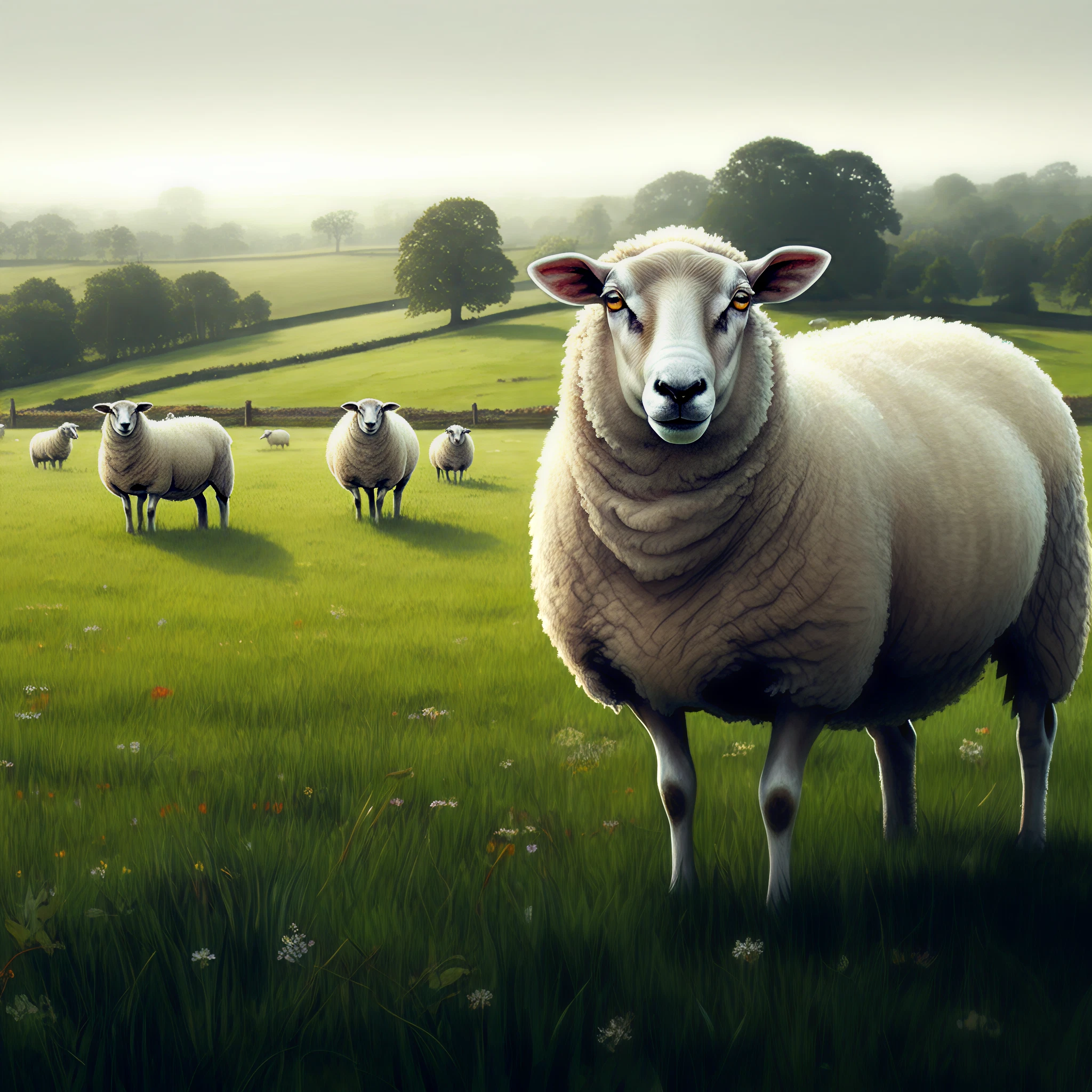The H5N1 strain of bird flu has been detected in a sheep for the first time in the world, an announcement made by UK experts that has raised important questions about zoonotic diseases. The infected animal was discovered during routine testing on a farm in Yorkshire, England, where avian influenza had been previously identified in birds. Thankfully, only one sheep tested positive for the virus, which has since been culled to contain the outbreak.
What Is Bird Flu and Why Is This Significant?
Avian influenza, or bird flu, typically affects birds, with the H5N1 strain being one of the most widely known and closely monitored due to its ability to cause severe illness in animals and, on rare occasions, humans. Up until now, infections in mammals had been documented in species like foxes, otters, and pigs, but the discovery in sheep marks the first recorded instance in this species. This occurrence is prompting scientists to study whether the virus is changing in ways that might broaden its host range.
Risk to Livestock and Humans
Despite this unusual case, the UK’s Chief Veterinary Officer, Christine Middlemiss, has emphasized that the risk to livestock remains low, particularly since swift action was taken to prevent further spread. She urged farmers and animal owners to maintain stringent biosecurity measures and promptly report any signs of infection to authorities.
When it comes to human health, experts are equally reassuring. Dr. Meera Chand, an emerging infection lead at the UK Health Security Agency (UKHSA), reiterated that current evidence suggests avian influenza does not easily transmit to humans. Nevertheless, scientists and health agencies globally are monitoring H5N1 closely due to its pandemic potential.
Has This Happened in Other Animals?
Although this is the first instance of H5N1 in sheep, the virus has shown an alarming ability to infect a widening range of mammalian hosts in recent years. Cases have been reported in domestic cats, bush dogs, and even dairy cows, a revelation that took scientists by surprise, as cows had previously been considered unlikely hosts for the virus.
Food Safety and Public Health
Robin May, Chief Scientific Adviser at the Food Standards Agency, has reassured the public that H5N1 bird flu carries “very low” food safety risks. The virus is not typically transmitted through food, making UK produce safe for consumption, provided it is handled and cooked properly.
How Are Authorities Responding?
- Containment Efforts: The infected sheep was immediately culled, and biosecurity measures were enforced to ensure no further spread.
- Monitoring: The UKHSA and other agencies are prepared to respond rapidly should any human cases arise, with collaborative efforts involving the NHS and Food Standards Scotland.
- Advice to Farmers: Farmers are urged to remain vigilant, practice strict hygiene, and report any unusual symptoms in their livestock to the Animal and Plant Health Agency.
What Does This Mean Moving Forward?
The discovery of H5N1 bird flu in sheep serves as a stark reminder of the intricate and evolving relationships between pathogens and their hosts. While the immediate risks to public health and agriculture remain low, these developments highlight the importance of ongoing surveillance, research, and cross-sector collaboration to mitigate the potential risks of zoonotic diseases.
Call to Action for Farmers and Veterinarians:
To stay ahead of potential risks, farmers and animal health professionals should ensure biosecurity protocols are in place on their properties. Early detection is critical, so regular monitoring and immediate reporting of symptoms are essential. Together, we can take proactive steps to safeguard both livestock and public health.
For more updates on animal health and zoonotic diseases, stay tuned to reliable sources and scientific publications.








